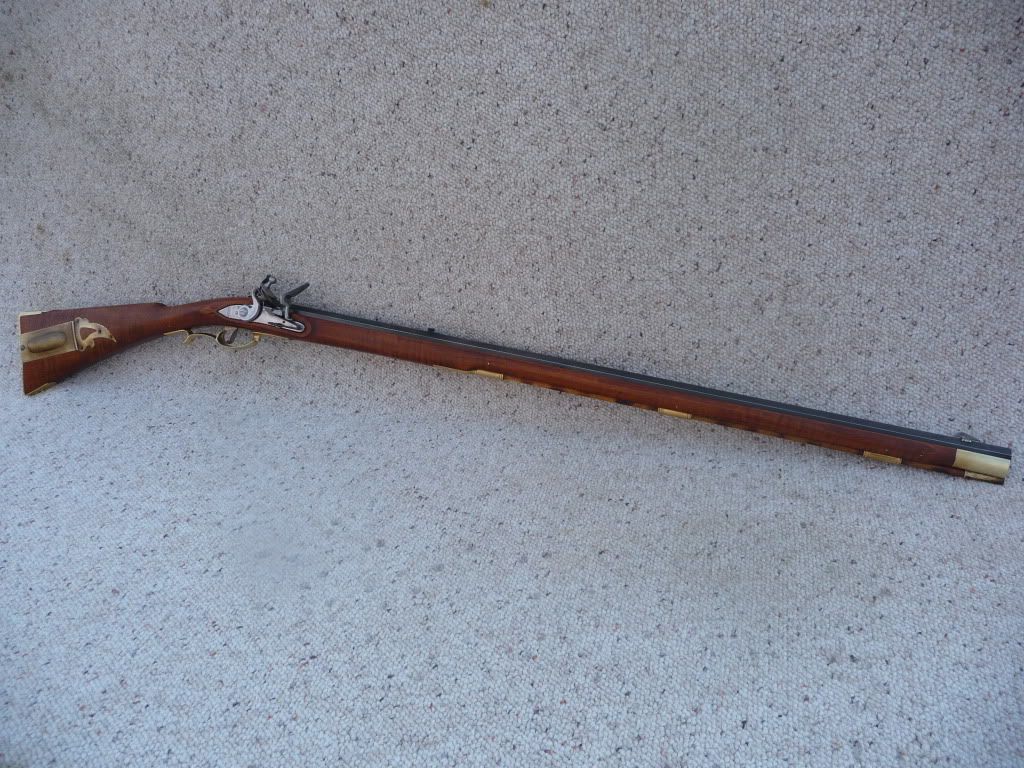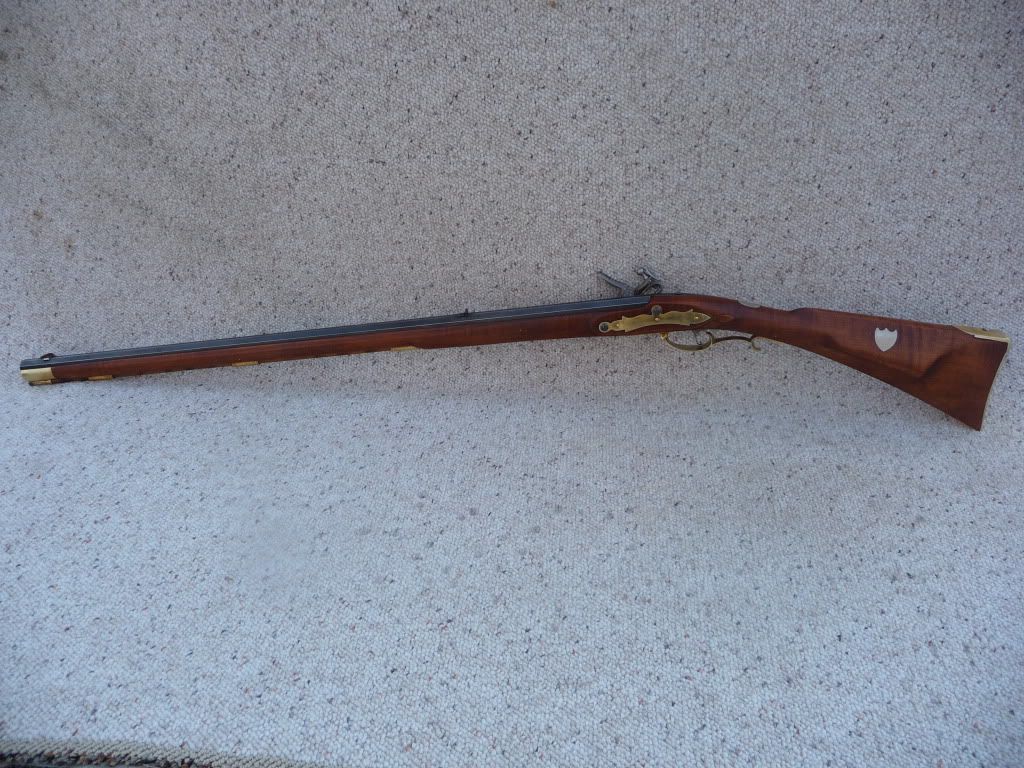Have read many posts from mostly beginning builders who for whatever reason "do their own thing" and when mentioning that fact, are applauded by other posters. The resultant
MLers from "doing your own thing" display a conglomeration of both components ,architecture and embellishments. But....in the scheme of things does it really matter? Then the quetion arises....matters to whom?
My LRs and Hawkens are mainly generically HC and are recognizable as whatever "style or school" I intended them to be. Of course, there's a little research req'd to achieve such a MLer.
One of the big advantages of a parts set {kit} is that mostly the "kit" will yield a fairly HC MLer although some "kits" are more HC than others.
As far as value......whether a MLer is HC or not? In lower priced MLers, generally it doesn't seem to matter much, but w/ "higher end" MLers, it does matter because these buyers are more knowledgeable.
What's the preferred "way" to go.....HC or "doing your own thing"? An individual's option......Fred
MLers from "doing your own thing" display a conglomeration of both components ,architecture and embellishments. But....in the scheme of things does it really matter? Then the quetion arises....matters to whom?
My LRs and Hawkens are mainly generically HC and are recognizable as whatever "style or school" I intended them to be. Of course, there's a little research req'd to achieve such a MLer.
One of the big advantages of a parts set {kit} is that mostly the "kit" will yield a fairly HC MLer although some "kits" are more HC than others.
As far as value......whether a MLer is HC or not? In lower priced MLers, generally it doesn't seem to matter much, but w/ "higher end" MLers, it does matter because these buyers are more knowledgeable.
What's the preferred "way" to go.....HC or "doing your own thing"? An individual's option......Fred
Last edited by a moderator:








